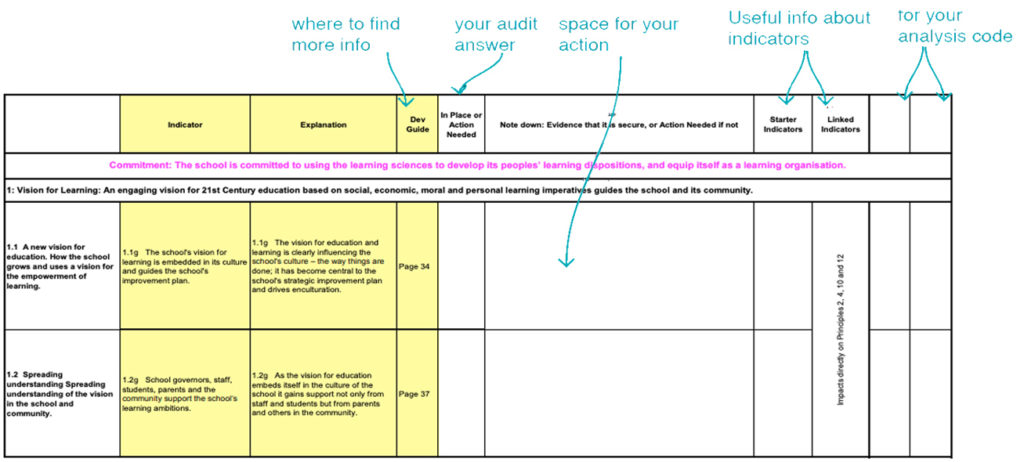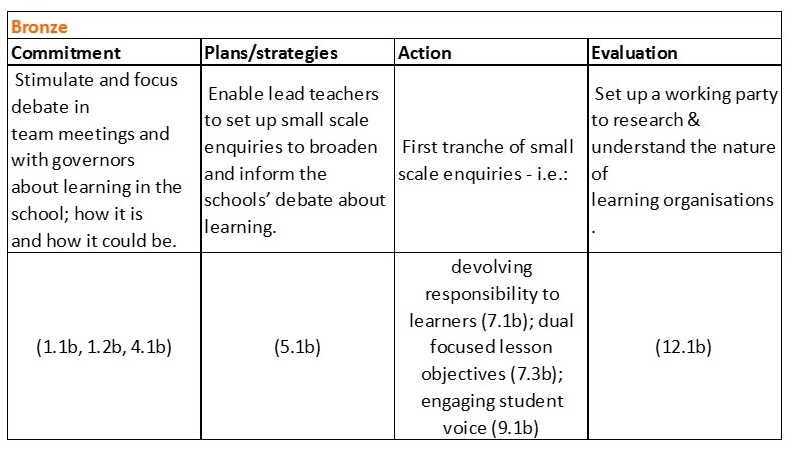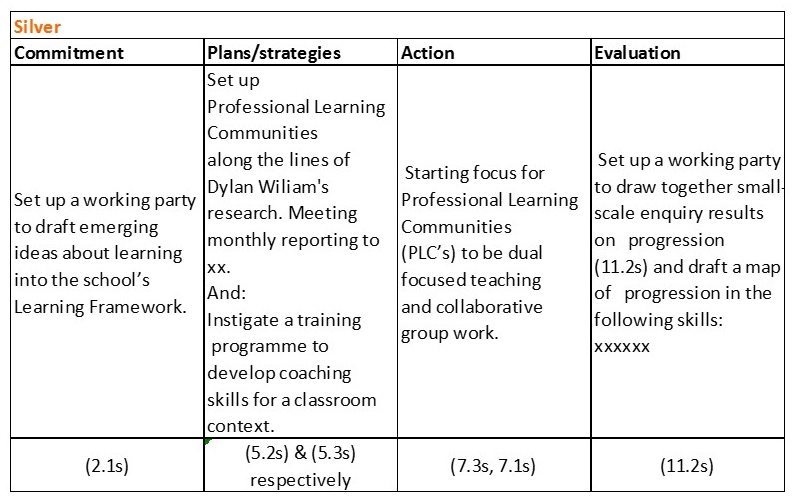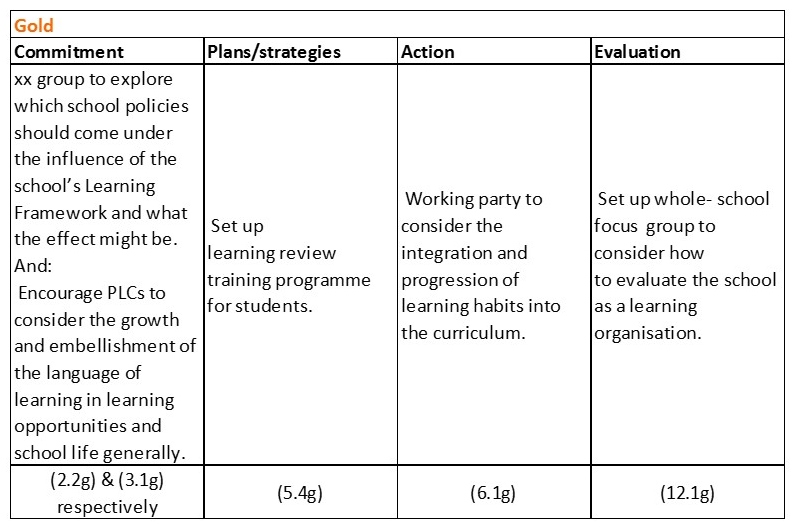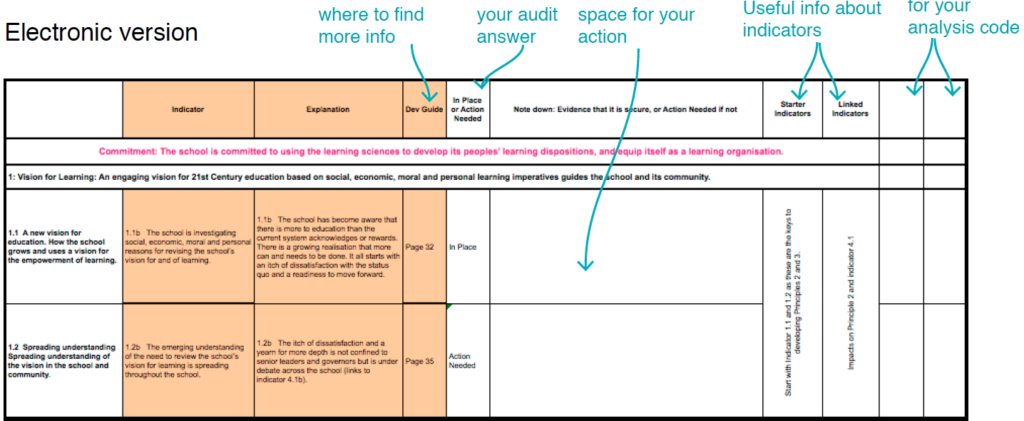The success of the Action Plan is often dependent on how the action is sequenced over the time available. Most Bronze plans are sequenced over 12 months. Longer timescales can lead to a loss of momentum and a lack of coherence. Silver and Gold plans are usually sequenced over about eighteen months each.
A practical tip for sequencing
A simple but useful tip for sequencing a plan is to think through the different aspects of the action projects – break them up into separate actions – and write each aspect of a project onto coloured sticky notes. Keep all the aspects of one action project on the same colour note. Use different coloured notes for different projects. You can then move the notes around on a year planner until you find a sequence that is realistic.
Make sure the sequence:
- takes into account the other action plans the school is working through, e.g OFSTED action plan. Avoid overload in any one term and dovetail any related actions from other plans.
- starts major strategic projects early in the plan, e.g creating a vision.
- takes account of the content of any LQS training or support programmes which you may want to be following. Make sure you know what is coming up when in such a programme before you sequence your Action Plan. It would be a pity if you worked on the school’s learning framework in one term only to discover better ideas in a training course the following term.
- maps in with the usual planning cycle of the school.
- leaves about 3-4 months free before an anticipated external review date. This time can be used to fill any remaining gaps in practice as revealed by your self-review.
And once you have completed your action plan, ask yourself . . .
- Is this the complete plan, or just the first phase of the plan?
- How long do you think it will take to complete this plan?
- How will you integrate this plan with the school’s improvement planning processes?
- How will you maintain momentum to ensure that progress is sustained?
- What / who are the potential obstacles to success?
- How will you address / circumvent them?
- Who are the likely supporters? How will you harness their energies?
- Who are the likely opponents? How will you get them on board?
- What do you need to ask / tell Students? Parents? Governors?
Make a note of…
The implications of undertaking this plan of action:
- for senior leaders:
- for phase / subject leaders;
- for classroom teaching;
- for support staff;
- for students.
